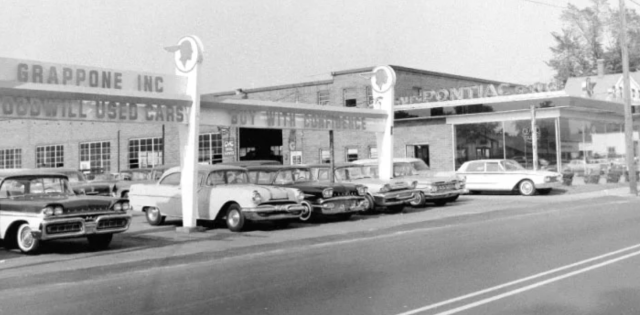Most of us remember Dominoes as a fun childhood game. Later, we learned that “The Domino Effect” describes a process in which one domino falls, toppling an adjacent domino, then another, and so on until a series of dominoes have fallen, leaving a mess for someone to clean up. For the next few minutes, let's think of the obsolete parts on your shelves as if they are the first domino in a series within your dealership. (Obsolete parts are those with zero sales off your shelves in the past twelve months. That lack of success suggests their prospect for future sale is between dismal and zero. In some dealerships, obsolete parts represent 10% - 30% of total parts inventory investment.)
Watch these dominoes fall:
- IF the percentage of obsolete parts on your shelves grows, THEN the percentage that is active diminishes.
- IF your percentage of active parts diminishes, THEN your fill rate declines. (Fill rate is the percent of times a tech asks for a part and you have it in stock to fill the request. First Time Fill should run about 90% with Same Day Fill about 95%.)
- IF fill rate declines, THEN shop proficiency and labor profitability fall.
- IF shop proficiency falls, THEN technicians begin to defect to competition. Notice the best techs bail first because they can. (Note: If you have all the techs you need, disregard this problem.)
- IF your best techs defect to competition, THEN customer satisfaction tends to tank.
- IF customer satisfaction tanks, THEN customers tend to return less often for maintenance and repairs.
- IF service retention fails, THEN repeat vehicle sales crash.
In a 2015 analysis, CNW Research reported the following correlation between the frequency of customer service visits and repeat vehicle purchases.
| Service Visits | Repeat Vehicle Buyers |
| Regular | 86.10% |
| Occasional | 46.40% |
| Seldom | 18.70% |
| Never | 8.80% |
The link between obsolete parts and repeat vehicle sales is not obvious—until you stop and think about it.
Here are two more IF/THEN relationships for you to consider. IF you want to fix your obsolete parts problem, THEN you need to develop a plan and put it into play. IF you think cleaning up those parts will be prohibitively expensive, THEN see how that math really works in the next post in this series, Cleaning Up Obsolete Parts: Turn Loss to Profit in Three Moves (coming soon to this NADA Blog).
For additional resources to learn how to reduce parts obsolescence, consider taking the NADA Online course “Overcoming Obsolescence” or visit the first post in this series, Parts Obsolescence: The Snakes That Eat Profit, Freeze Working Capital, Scare Your Techs and Poison CSI.
For more information about NADA’s educational programs, visit www.nada.org/education or send an email to academy@nada.org or call 800.557.6232.










